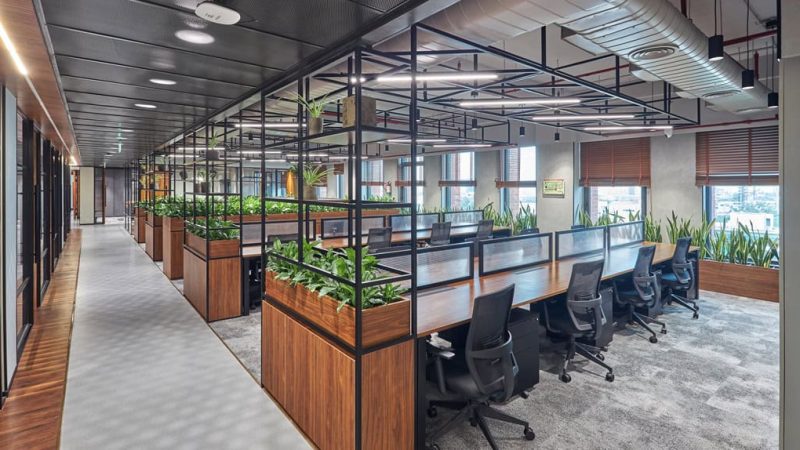BALANCING AESTHETICS AND FUNCTIONALITY IN RESTAURANT CHAIRS SELECTION
In the realm of eating and hospitality, every little thing counts. Everything from the setting to the cuisine enhances the overall experience of visitors. The choice of chairs is one important detail that frequently goes overlooked but has a big impact on the comfort and design of a restaurant. To guarantee a pleasant dining experience, restaurant chairs must fulfill two requirements: they must be aesthetically beautiful and useful. When choosing restaurant chairs, there are several elements to consider to achieve the ideal balance between utility and aesthetics. These factors include design, materials, durability, comfort, and overall theme coherence.
IMPORTANCE OF AESTHETICS IN RESTAURANT CHIR SELECTION
To communicate the restaurant’s theme or brand identity and to create the ideal mood, aesthetics are essential. When customers enter a restaurant, they immediately notice the furnishings and other visual components. In addition to serving as useful furniture, chairs can greatly enhance the general atmosphere and design of the room. When choosing restaurant chairs, keep the following important factors in mind to balance aesthetics:
- Theme Consistency: The chairs used for the restaurant should complement its overarching theme or concept. For instance, sleek, modern chairs would work well in a modern, minimalist restaurant, whereas wooden or vintage-style chairs could work better in a rustic theme.
- Colour and Design Harmony: The chairs should complement the restaurant’s interior decor’s color palette and design components. The chairs should blend in with the color scheme, whether using bright, bold hues for a more energetic vibe or subdued shades for a more refined appearance.
- Material Selection: The chairs’ visual appeal can be significantly impacted by the material used in them. Wood, metal, plastic, and upholstery cloth are available materials. Every material option has its own vibe, so choosing one that complements the intended design is critical.
- Statement Pieces: Adding distinctive designs or eye-catching furniture to a room can give it personality and visual appeal. These distinctive items have the potential to become the center of attention and add to the unforgettable dining experience.
SIGNIFICANCE OF FUNCTIONALITY
When selecting restaurant seats, functionality should always take precedence over appearances. The term “functionality” refers to features like comfort, robustness, upkeep, and appropriateness for the intended use. When choosing restaurant chairs, keep the following factors in mind to balance functionality:
- Comfort: Ensuring customers have a positive dining experience is crucial. For extended periods, chairs should be ergonomically constructed with sufficient back support and cushioning.
- Durability: Because restaurant chairs are used frequently in rapid motion, durability is important. Chairs of premium materials that sustain continuous use in a restaurant setting include solid wood, metal alloys, and sturdy polymers.
- Easy Maintenance: To maintain restaurant cleanliness requirements, chairs must be simple to maintain. Selecting materials that are easy to clean and stain-resistant can make maintenance easier and extend the life of the seats.
- Space Efficiency: Consider the restaurant’s layout and available space when choosing chairs. Select designs that optimize seating capacity while maintaining comfort levels.
CONCLUSION
In conclusion, choosing restaurant chairs that balance style and use is a complex process that requires a thorough evaluation of factors, including design, materials, comfort, durability, and overall theme coherence. Restaurants can achieve chairs that look good and improve the dining experience for customers by knowing their brand identity, working with design experts, investigating customization options, putting quality and longevity first, and getting feedback. Effective case studies highlight the benefits of finding this balance and how important it is to choose chairs carefully to create memorable and enjoyable dining spaces.






